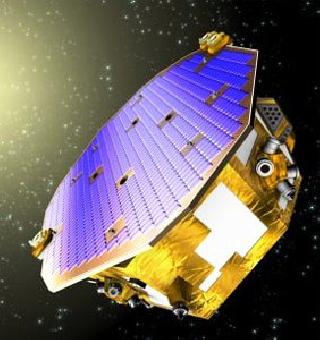
LISA Pathfinder. An ESA photo
LONDON (PTI): British scientists have successfully concluded extensive testing of a vital component of a satellite that can measure gravitational waves, ahead of its planned launch in 2015.
Scientists at the University of Glasgow's Institute for Gravitational Research (IGR) have successfully integrated the optical bench into the core assembly of a satellite which is now in Germany and firmly on course for a launch in 2015.
The optical bench of the LISA Pathfinder (LPF) mission is a super-sensitive technology demonstrator mission which will pave the way for a future space-borne detector to measure gravitational waves.
These ripples in space-time are caused by massively violent astronomical events such as the collision of black holes and the explosion of dying stars.
The IGR team, led by Dr Harry Ward, demonstrated that the high-precision sensor system is ready to survive tremendous forces of up to 35 times the gravitational acceleration on Earth during rocket launch, and still maintain its exquisite alignment, a statement from the University said.
"With the optical bench now in place, we have reached an important milestone. The sophisticated laser interferometer performs superbly and is ready for its job in space. We are really excited that the LISA Pathfinder mission is now well positioned for launch in 2015," said Scottish Universities Physics Alliance Advanced Fellow at the University Dr Christian Killow.
LISA Pathfinder is a European Space Agency (ESA) technology test mission that aims to prove key technologies for future space-based gravitational-wave observatories, which can only be tested in space.
Gravitational waves measured by a large mission in space will allow scientists to trace the formation, growth and merger history of massive black holes.
LISA Pathfinder mission involves European space companies and research institutes from France, Germany, Italy, the Netherlands, Spain, Switzerland and UK and the US space agency NASA.
The research and development at the IGR has been funded by the UK Science and Technologies Facilities Council (STFC), UK Space Agency, ESA, Scottish Universities Physics Alliance and the University of Glasgow.
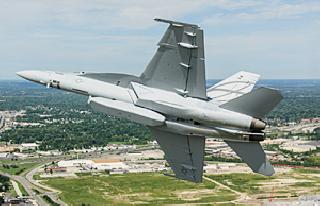 Previous Article
Previous Article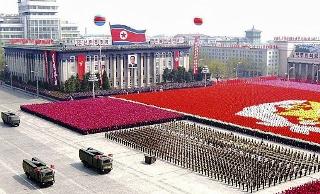 Next Article
Next Article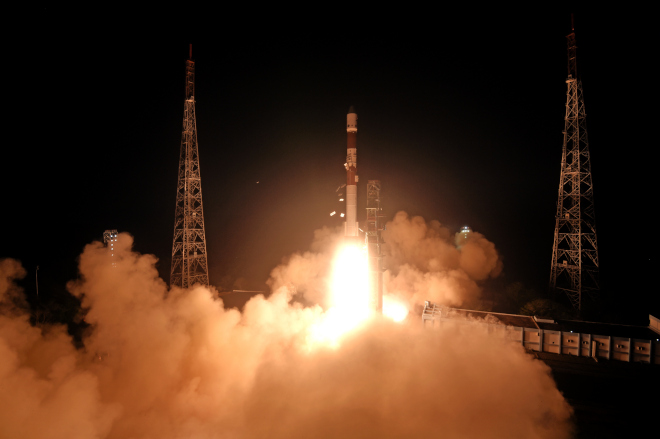
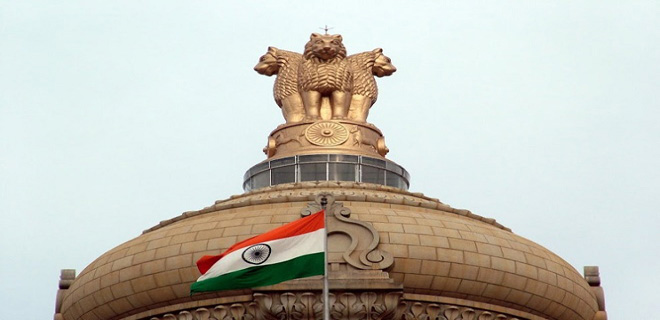
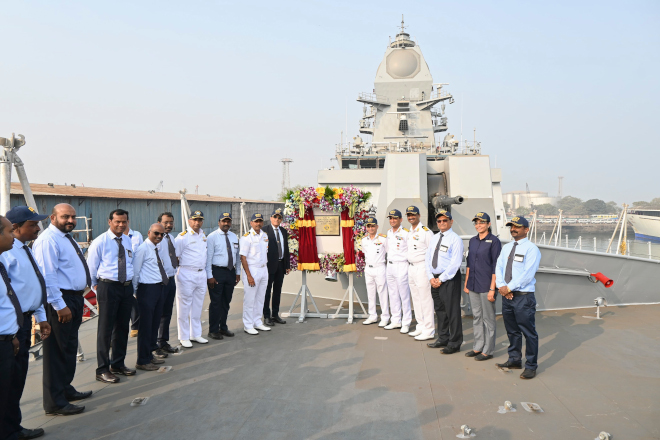
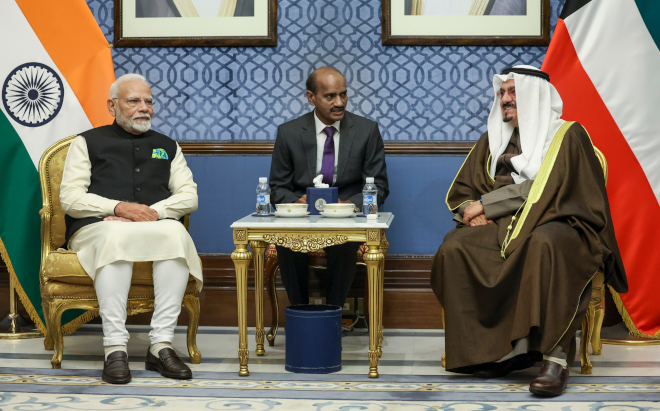










The Indian Air Force, in its flight trials evaluation report submitted before the Defence Ministry l..
view articleAn insight into the Medium Multi-Role Combat Aircraft competition...
view articleSky enthusiasts can now spot the International Space Station (ISS) commanded by Indian-American astr..
view article